Home>Home Appliances>Laundry Appliances>How To Make Shoes White Again In The Washing Machine
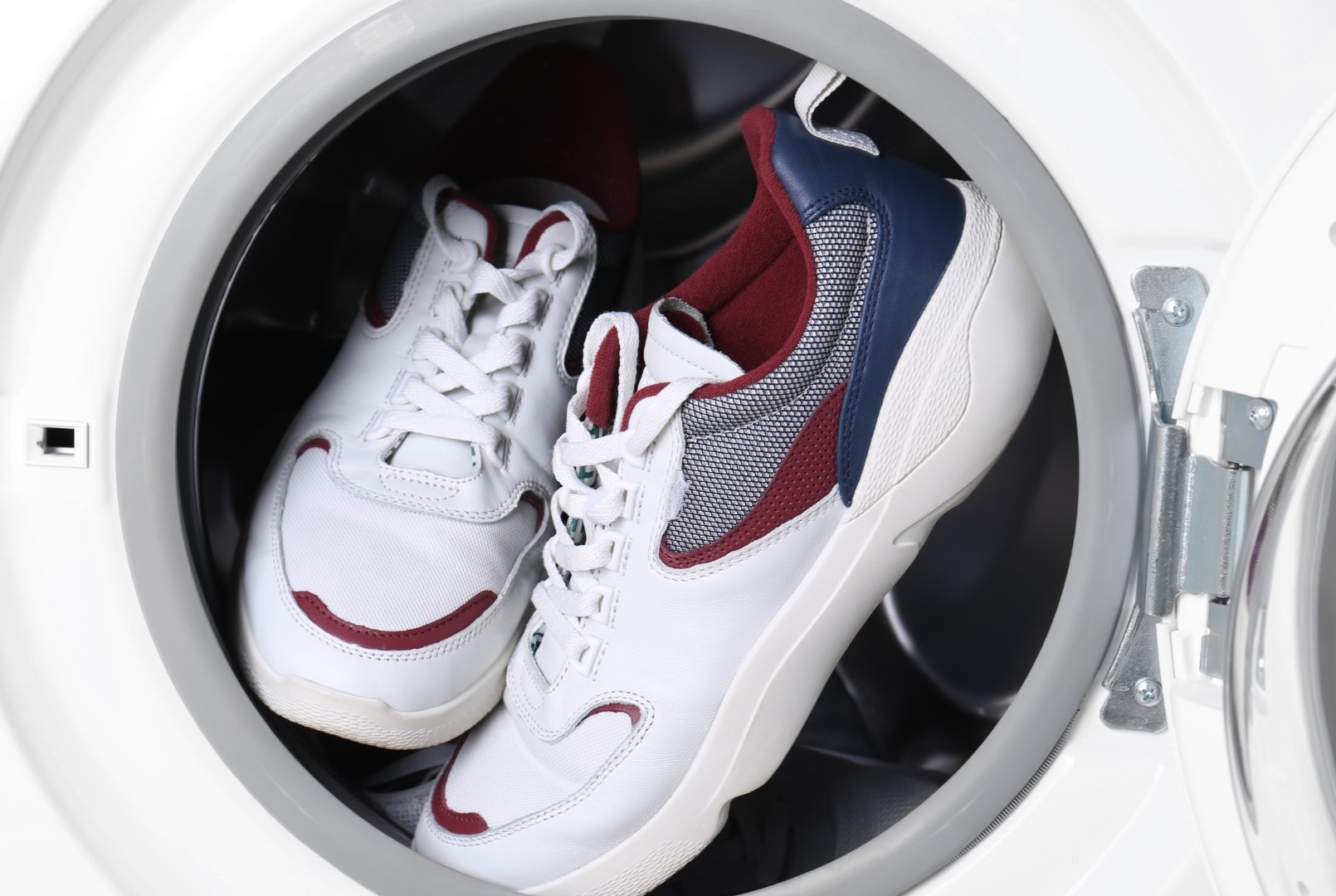

Laundry Appliances
How To Make Shoes White Again In The Washing Machine
Published: February 21, 2024
Learn how to restore the whiteness of your shoes using a washing machine. Discover effective laundry appliance tips for keeping your shoes looking like new.
(Many of the links in this article redirect to a specific reviewed product. Your purchase of these products through affiliate links helps to generate commission for Storables.com, at no extra cost. Learn more)
Precautions before Washing Shoes
Before tossing your beloved shoes into the washing machine, it's crucial to take certain precautions to ensure the best possible outcome. By following these steps, you can safeguard your shoes from potential damage and maximize the effectiveness of the cleaning process.
-
Check the Shoe Material: Different shoe materials require different care. Leather, canvas, mesh, and knit shoes each have unique cleaning requirements. It's essential to identify the material of your shoes before proceeding. This information can typically be found on the shoe's tag or packaging.
-
Remove Surface Debris: Prior to washing, take a few moments to remove any loose dirt, mud, or debris from the shoes. Use a soft-bristled brush or a damp cloth to gently wipe away the surface grime. This simple step prevents the washing machine from becoming clogged with excess dirt and helps avoid potential damage to the shoes during the wash cycle.
-
Inspect for Damage: Carefully examine the shoes for any signs of damage, such as loose stitching, detached soles, or worn-out areas. Addressing these issues before washing can prevent further deterioration during the cleaning process. If any significant damage is detected, consider alternative cleaning methods or seek professional assistance.
-
Remove Laces and Insoles: To ensure a thorough cleaning, remove the shoelaces and insoles from the shoes. This allows for better access to all areas of the shoe and prevents tangling or damage to the laces during the wash cycle. Additionally, washing the laces separately can prevent them from transferring dirt and grime back onto the clean shoes.
-
Test for Colorfastness: Before proceeding with a full wash, it's advisable to conduct a colorfastness test on a small, inconspicuous area of the shoe. Apply a small amount of the chosen detergent or cleaning solution to a hidden section of the shoe and blot it with a clean cloth. If the color transfers onto the cloth, refrain from machine washing the shoes to avoid potential color fading or bleeding.
By taking these precautions, you can set the stage for a successful shoe-washing experience. These simple yet essential steps help protect your shoes from damage and ensure that they emerge from the washing machine looking fresh and clean.
Key Takeaways:
- Takeaway 1: Protect your shoes by checking the material, removing debris, inspecting for damage, and testing for colorfastness before washing. These steps ensure a successful and safe shoe-washing experience.
- Takeaway 2: Choose mild detergent for delicate fabrics and exercise caution with bleach. Properly set up the washing machine and air dry shoes to maintain their shape and integrity.
Read more: How To Make High Heels Non-Slip
Removing Dirt and Stains from Shoes
When it comes to reviving the appearance of your shoes, addressing dirt and stains is a crucial first step. Whether your shoes have encountered muddy trails, food spills, or everyday wear and tear, effectively removing dirt and stains is essential for achieving a clean and refreshed look.
Assessing the Dirt and Stains
Before diving into the cleaning process, it's important to assess the extent and nature of the dirt and stains on your shoes. Different types of stains, such as grass, oil, or ink, may require specific treatment methods. Additionally, the duration for which the stains have been present can impact the cleaning approach. Fresh stains are generally easier to remove compared to set-in or dried stains.
Pre-Treatment
For stubborn stains, pre-treating the affected areas can significantly enhance the cleaning process. There are various pre-treatment options, such as using a gentle stain remover, applying a paste of baking soda and water, or using a specialized shoe cleaning solution. Gently work the pre-treatment onto the stains using a soft-bristled brush or cloth, allowing it to penetrate the fabric for a few minutes before proceeding to the washing stage.
Hand Cleaning
In some cases, particularly for delicate or heavily soiled shoes, hand cleaning specific areas may be necessary. Using a mild detergent or a specialized shoe cleaner, gently scrub the affected areas with a soft brush or cloth. Take care not to scrub too vigorously, especially on sensitive materials, to avoid causing damage to the shoe's surface.
Addressing Odors
In addition to dirt and stains, unpleasant odors can also detract from the overall freshness of your shoes. To combat odors, sprinkle a small amount of baking soda inside the shoes and allow it to sit for a few hours or overnight. Baking soda effectively absorbs odors, leaving your shoes smelling fresher after the washing process.
Final Inspection
After addressing the dirt, stains, and odors, take a moment to inspect the shoes to ensure that the pre-treatment and hand cleaning efforts have effectively tackled the problem areas. This inspection allows you to identify any remaining stubborn stains that may require further attention before proceeding to the washing machine.
By meticulously addressing dirt, stains, and odors through pre-treatment and hand cleaning, you can set the stage for a successful washing machine experience. These preparatory steps ensure that the shoes are primed for a thorough cleaning, ultimately leading to a revitalized and refreshed appearance.
Choosing the Right Detergent and Bleach
Selecting the appropriate detergent and bleach is a critical aspect of preparing your shoes for a successful washing machine cycle. The right cleaning agents can effectively lift dirt, eliminate stains, and restore the vibrancy of your shoes while ensuring the longevity of their materials. Here's a detailed look at the factors to consider when choosing the right detergent and bleach for washing your shoes.
Detergent Selection
When it comes to choosing a detergent for washing shoes, opt for a mild, gentle formula. Look for detergents specifically designed for delicate fabrics or formulated for use on sports shoes and sneakers. These detergents are typically free from harsh chemicals and are suitable for a wide range of shoe materials, including canvas, mesh, and synthetic fabrics. Avoid using strong laundry detergents intended for heavy-duty clothing, as they may contain ingredients that could be too harsh for your shoes.
For particularly stubborn stains or odors, consider using a specialized shoe cleaner or a gentle stain remover in conjunction with the detergent. These targeted cleaning products are formulated to address specific shoe-related issues without causing damage to the materials.
Read more: How To Wash Ugg Boots In The Washing Machine
Bleach Considerations
While bleach can be effective in whitening and brightening shoes, it's essential to exercise caution when using it. For white fabric or canvas shoes, a small amount of chlorine bleach can help restore their brightness. However, it's crucial to dilute the bleach appropriately and perform a patch test on a discreet area of the shoes to ensure colorfastness. Avoid using bleach on colored or patterned shoes, as it can cause discoloration or damage to the design elements.
Alternatively, oxygen-based bleach, often found in color-safe "oxygen" or "color-safe" bleach products, can be a safer option for colored shoes. This type of bleach is gentler and less likely to cause color fading or damage to the shoe materials. Always follow the manufacturer's instructions for dilution and application when using bleach to avoid adverse effects on your shoes.
By carefully selecting a mild detergent suitable for delicate fabrics and exercising caution when using bleach, you can ensure that your shoes receive the gentle yet effective cleaning they need. These considerations play a crucial role in preserving the integrity of your shoes while achieving a fresh and revitalized appearance post-wash.
Setting up the Washing Machine
Preparing the washing machine for cleaning your shoes involves several key steps to ensure optimal results while safeguarding the integrity of both the machine and your beloved footwear. By following these guidelines, you can set the stage for a successful and efficient shoe-washing experience.
Sorting and Loading
Begin by sorting your shoes based on their material and color. This step is crucial to prevent color transfer and ensure that shoes with similar cleaning requirements are washed together. Separate white or light-colored shoes from darker ones to avoid potential discoloration during the wash cycle.
Once sorted, place the shoes, along with any removable insoles and laces, into a mesh laundry bag or pillowcase. This additional layer of protection prevents the shoes from getting tangled with other items in the washing machine and minimizes the risk of damage during the cycle.
Adjusting Settings
Before starting the wash cycle, it's essential to adjust the settings on the washing machine to accommodate the delicate nature of shoes. Opt for a gentle or delicate cycle with a low or medium water temperature. Avoid using hot water, as it can cause certain shoe materials to shrink or become misshapen.
Additionally, select a low or no-spin setting to minimize the impact on the shoes and reduce the likelihood of deformation or damage to their structure. If your washing machine offers the option, consider adding an extra rinse cycle to ensure that all detergent residues are thoroughly removed from the shoes.
Read more: How To Get Bathtub White Again
Adding Detergent and Bleach
When adding detergent, measure the appropriate amount based on the machine's load size recommendations and the level of soiling on the shoes. Avoid overloading the machine with detergent, as excess suds can be difficult to rinse out completely, potentially leaving residues on the shoes.
If using bleach, carefully follow the dilution instructions provided on the product packaging. For white shoes, a small amount of diluted chlorine bleach can help restore their brightness, while colored shoes may benefit from the use of oxygen-based bleach for a gentler cleaning approach.
Commencing the Wash Cycle
Once the shoes, detergent, and any necessary bleach are in place, start the wash cycle. Monitor the machine closely during the initial stages to ensure that the shoes are moving freely within the laundry bag or pillowcase. If necessary, pause the cycle and manually redistribute the shoes to promote even cleaning and prevent imbalance issues.
Post-Wash Considerations
After the wash cycle is complete, remove the shoes from the laundry bag or pillowcase and inspect them for any remaining stains or detergent residues. If needed, gently hand-clean specific areas using a soft brush or cloth before proceeding to the drying stage.
By meticulously setting up the washing machine and adhering to these guidelines, you can ensure that your shoes receive the gentle yet thorough cleaning they deserve. These preparatory measures contribute to a successful washing machine experience, ultimately leading to revitalized and refreshed footwear ready for the next adventure.
Washing and Drying the Shoes
After the preparatory steps, it's time to delve into the crucial phases of washing and drying your shoes. These final stages are pivotal in ensuring that your shoes emerge from the cleaning process looking fresh, clean, and ready to accompany you on your next escapade.
Read more: How To Get Carpet White Again
Washing the Shoes
Once the washing machine cycle is complete, carefully remove the shoes from the machine. Take a moment to inspect them for any remaining stains or detergent residues. If needed, gently hand-clean specific areas using a soft brush or cloth before proceeding to the drying stage.
Drying the Shoes
Drying your shoes properly is essential to prevent damage and maintain their shape and integrity. Here's how to effectively dry your shoes after washing:
Air Drying
The most gentle and widely recommended method for drying shoes is air drying. Start by removing any excess water from the shoes by gently pressing them with a clean, dry towel. Then, place the shoes in a well-ventilated area at room temperature, away from direct heat or sunlight. Stuff the shoes with crumpled paper towels or a soft cloth to help maintain their shape and absorb moisture from the interior. Allow the shoes to air dry completely, which may take 24 to 48 hours depending on the materials and humidity levels.
Avoiding Direct Heat
It's crucial to avoid using direct heat sources such as hairdryers, radiators, or dryers, as excessive heat can cause the materials to shrink, warp, or become damaged. Additionally, placing shoes in direct sunlight for extended periods can lead to color fading and deterioration of certain materials.
Retaining Shape
To retain the shape of your shoes during the drying process, consider using shoe trees or specific shoe-shaping inserts designed for different shoe types. These aids help the shoes maintain their form and structure as they dry, preventing potential distortion or creasing.
Final Inspection
Once the shoes are completely dry, perform a final inspection to ensure that they are free from any residual moisture, odors, or stains. If necessary, use a soft brush or cloth to gently fluff up any fabric or restore the nap of the material.
By following these meticulous steps for washing and drying your shoes, you can ensure that they receive the care and attention needed to emerge from the cleaning process in prime condition. This comprehensive approach not only revitalizes the appearance of your shoes but also prolongs their lifespan, allowing you to continue enjoying their comfort and style for many adventures to come.
Frequently Asked Questions about How To Make Shoes White Again In The Washing Machine
Was this page helpful?
At Storables.com, we guarantee accurate and reliable information. Our content, validated by Expert Board Contributors, is crafted following stringent Editorial Policies. We're committed to providing you with well-researched, expert-backed insights for all your informational needs.
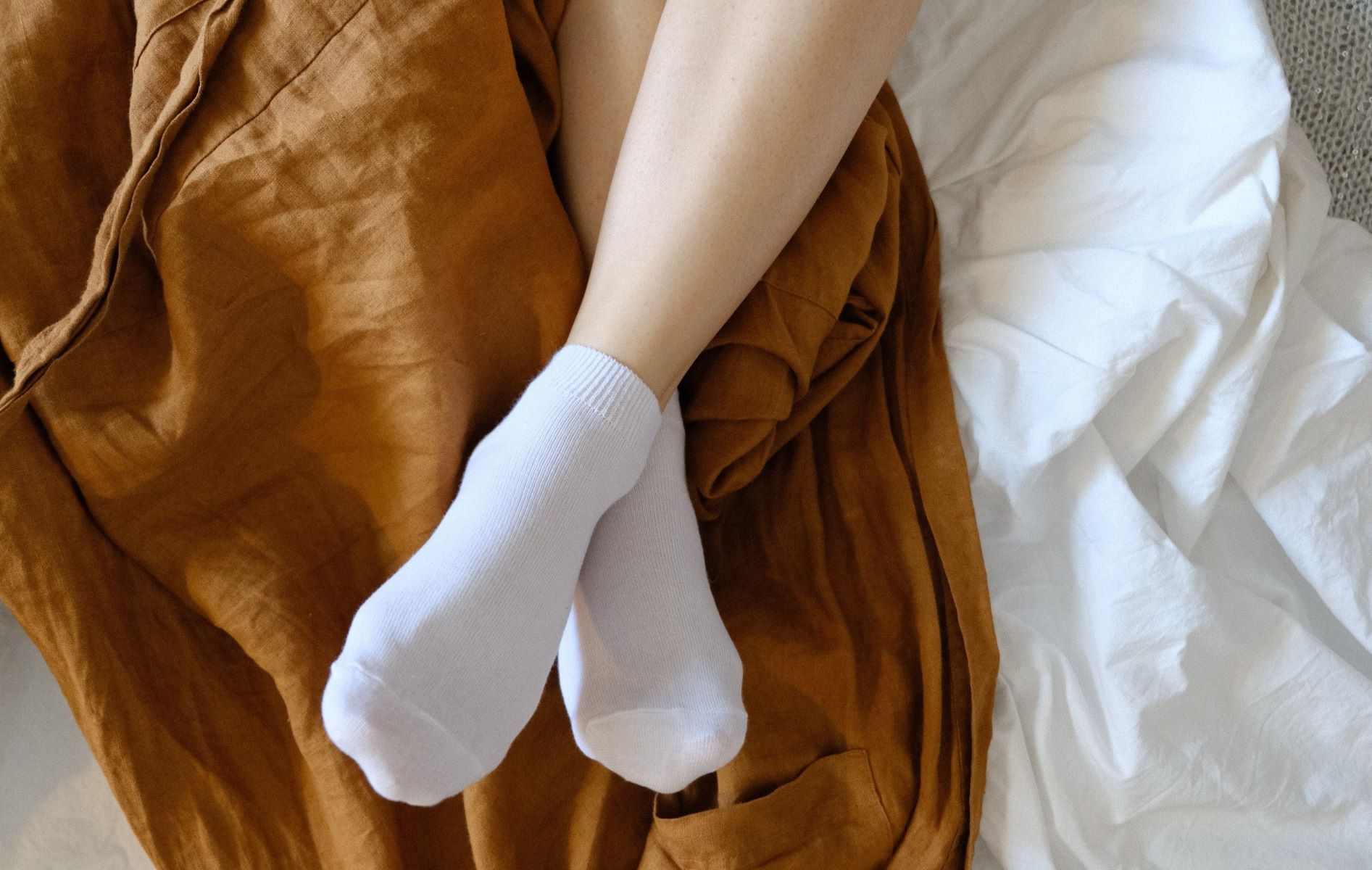
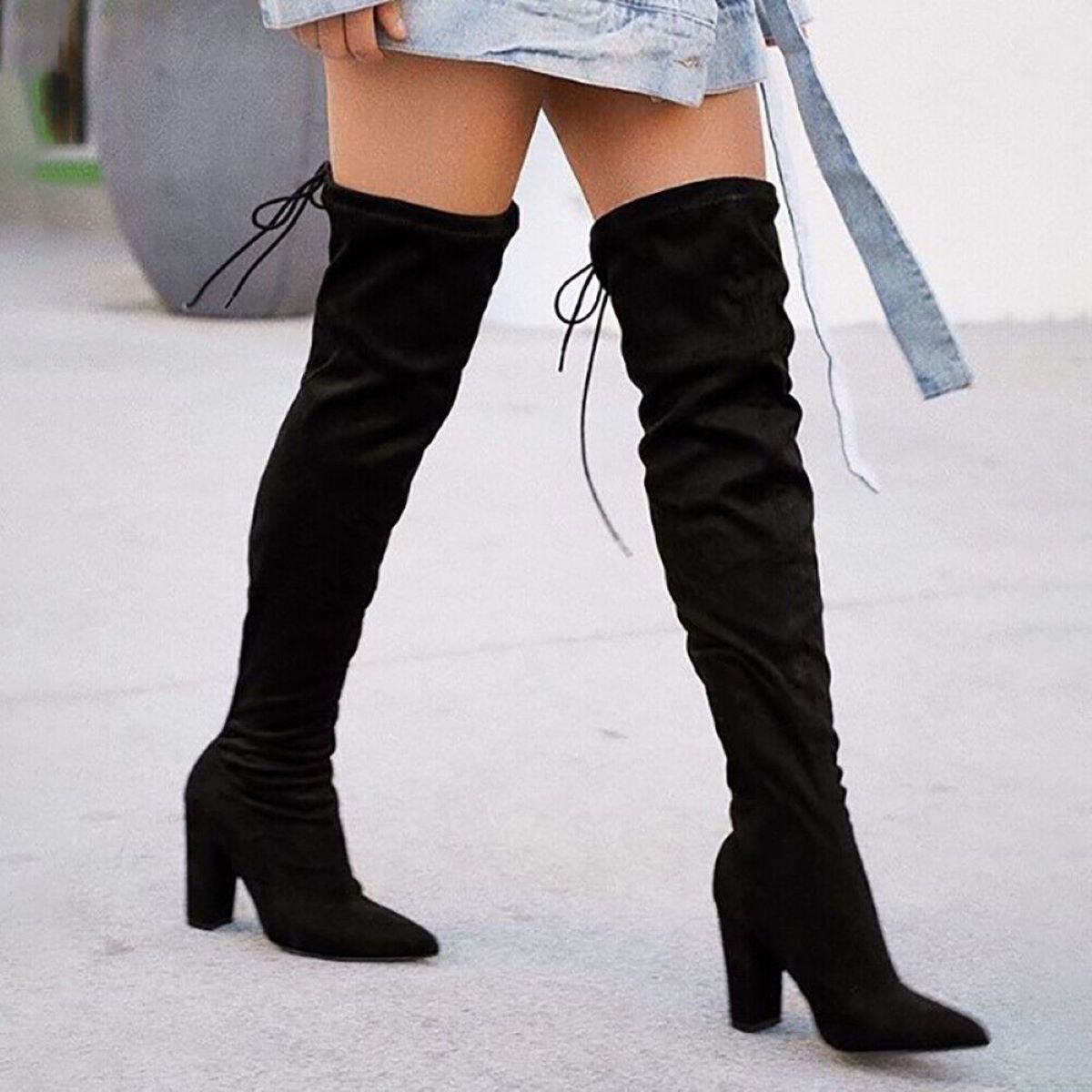
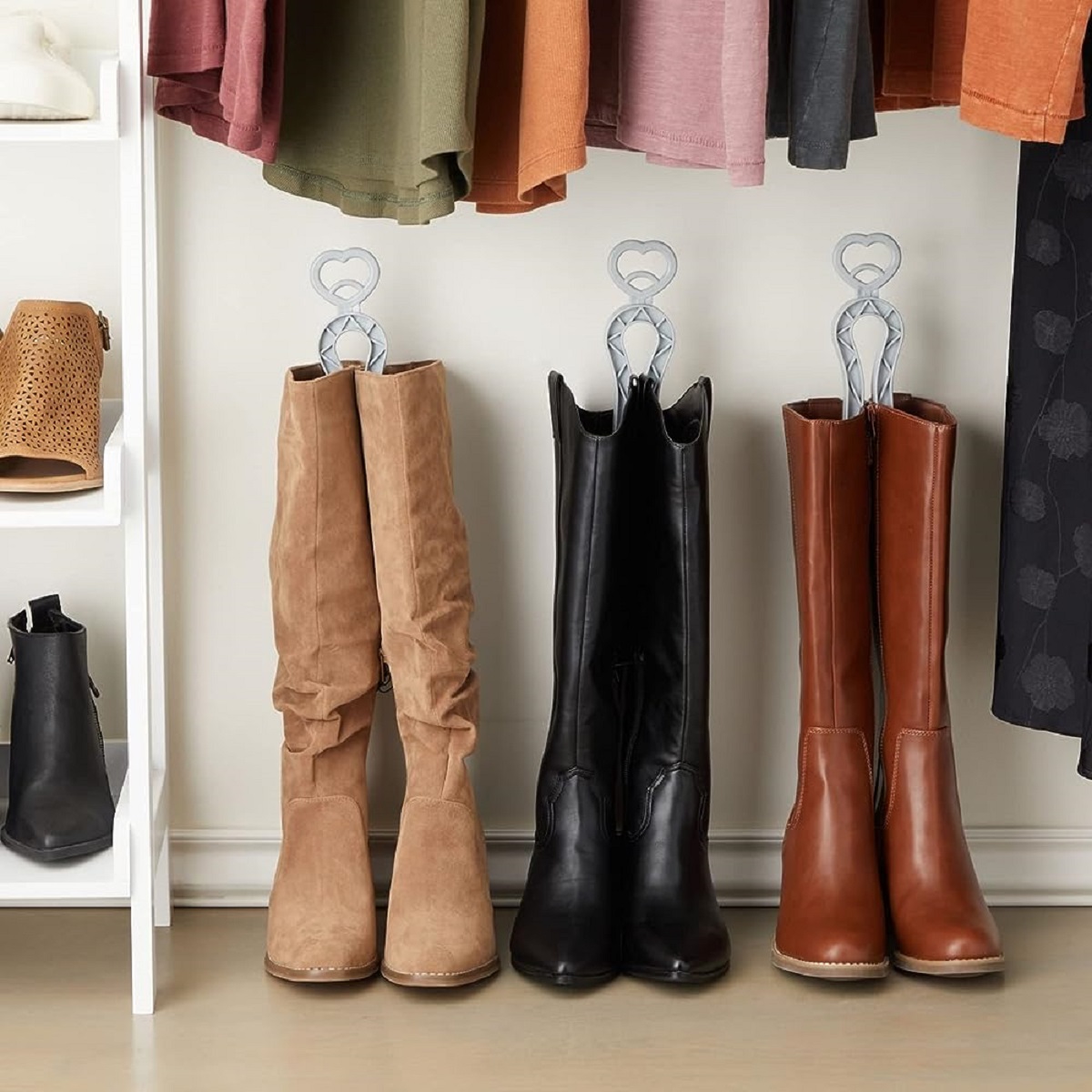
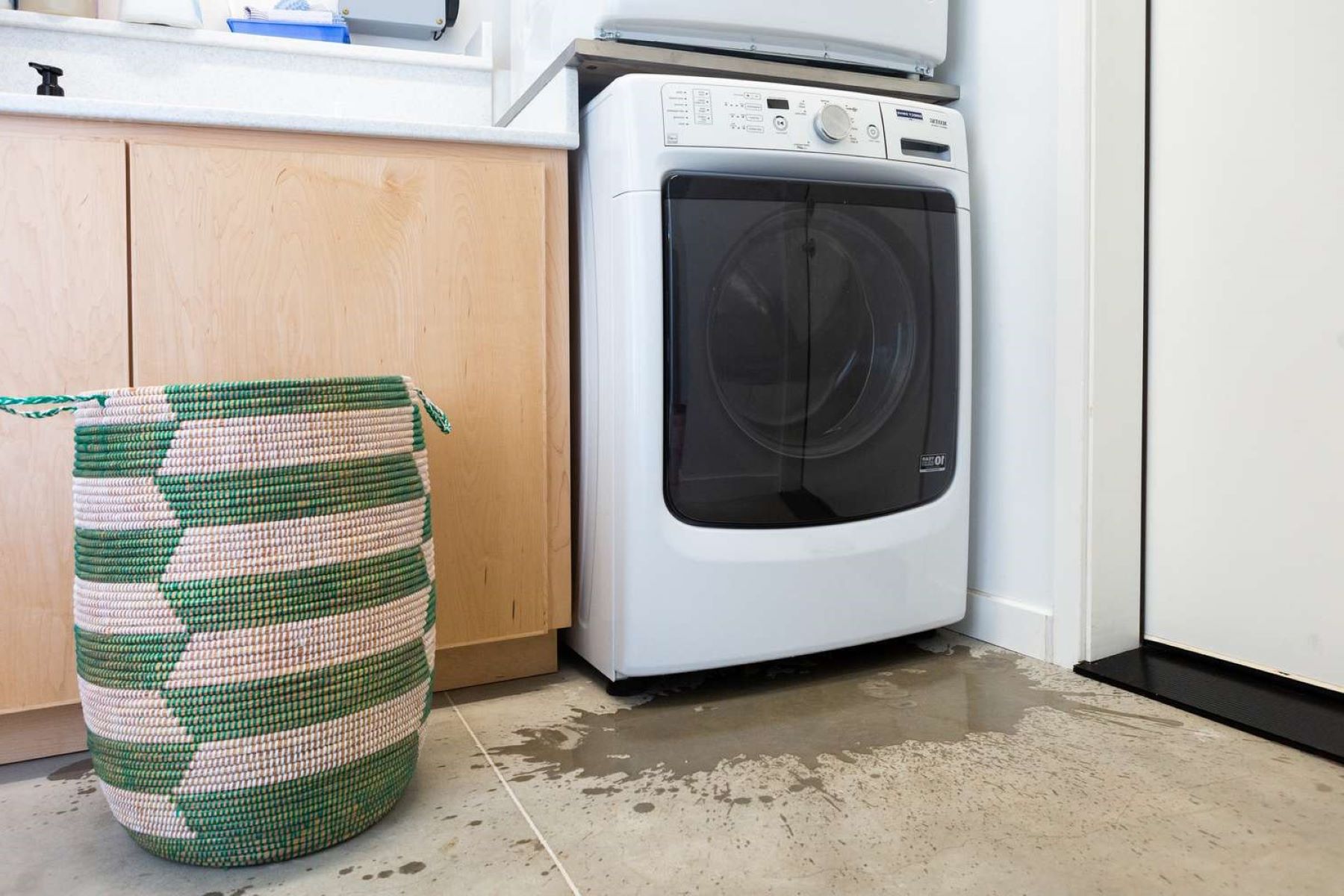
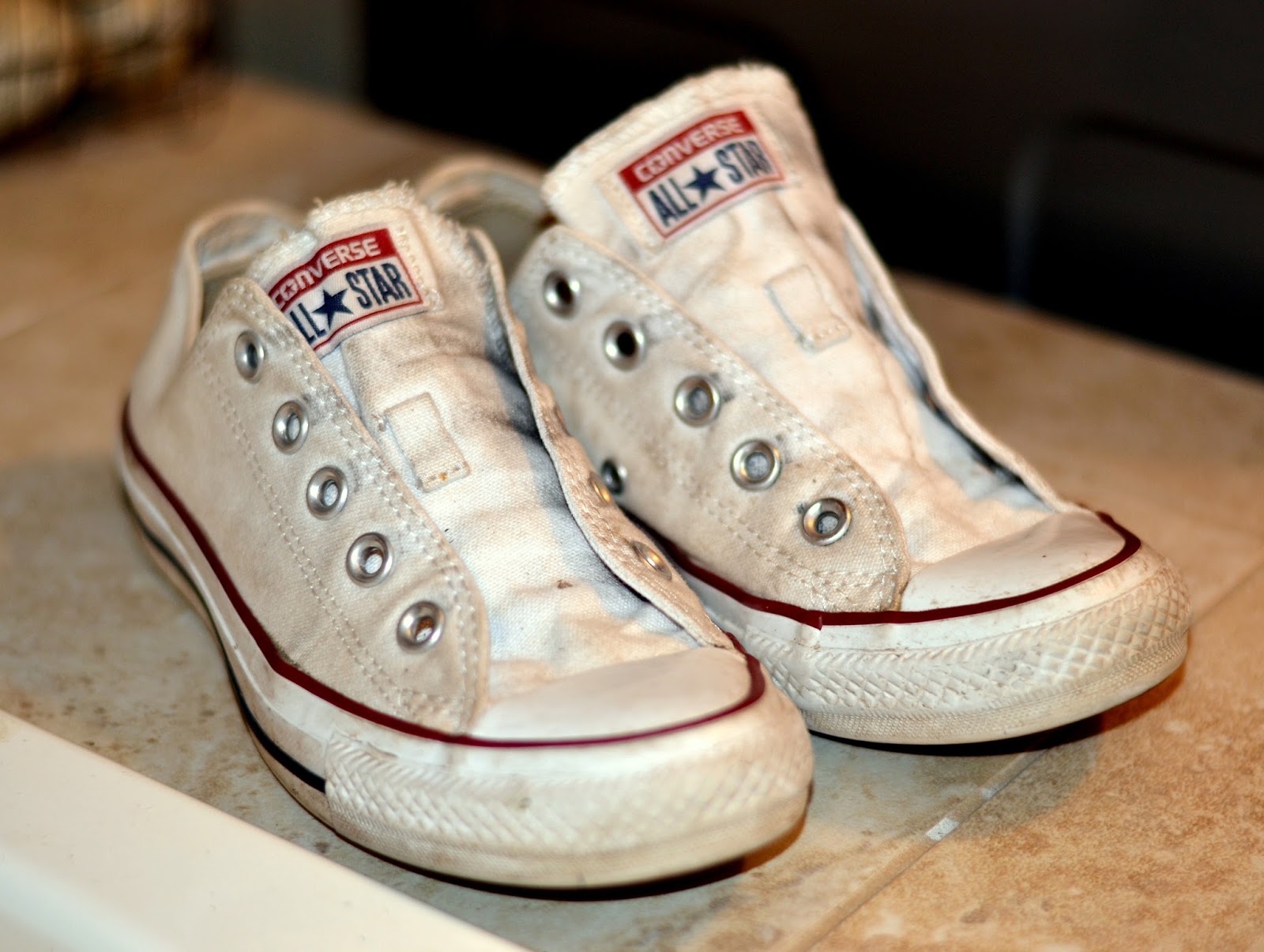
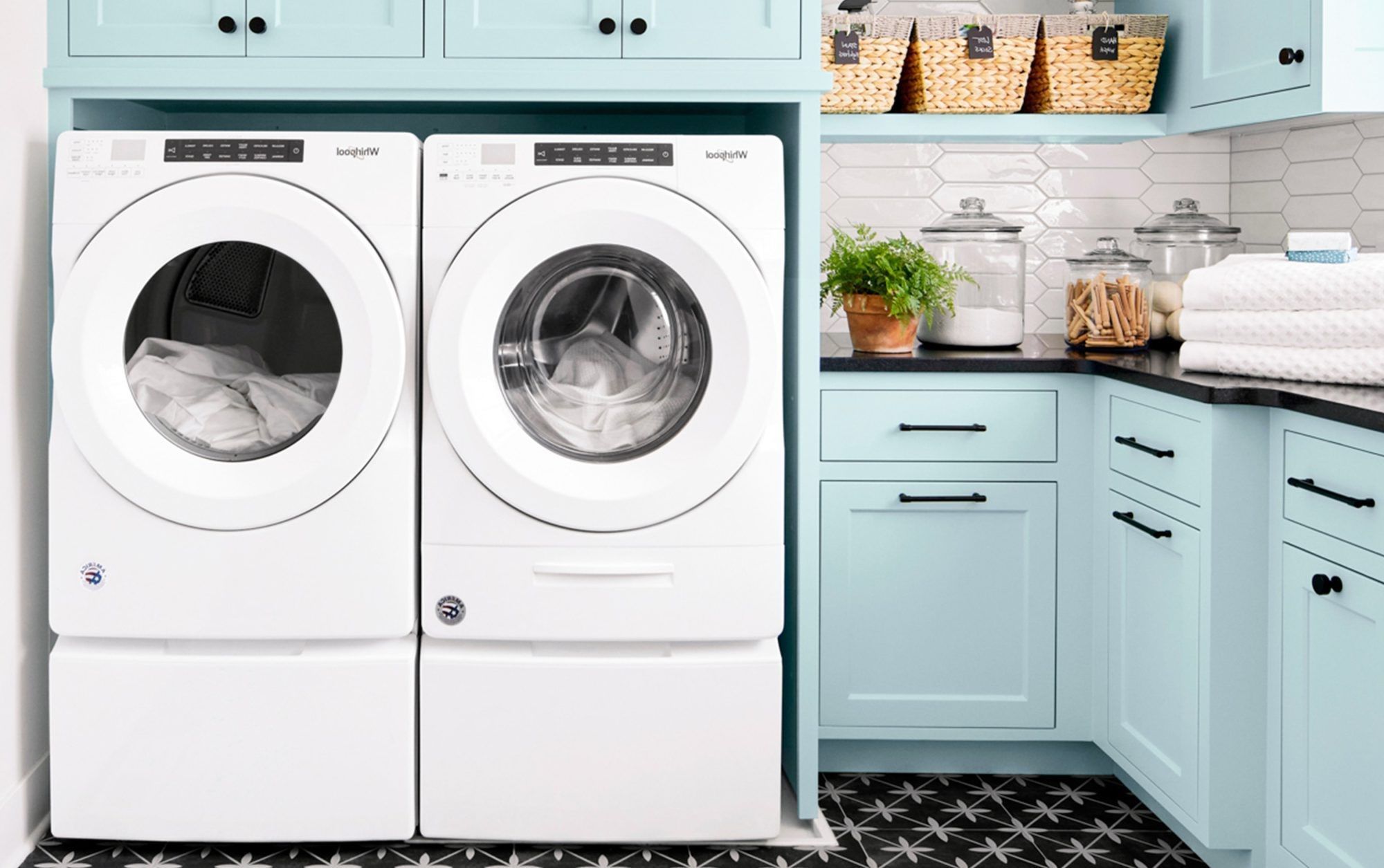
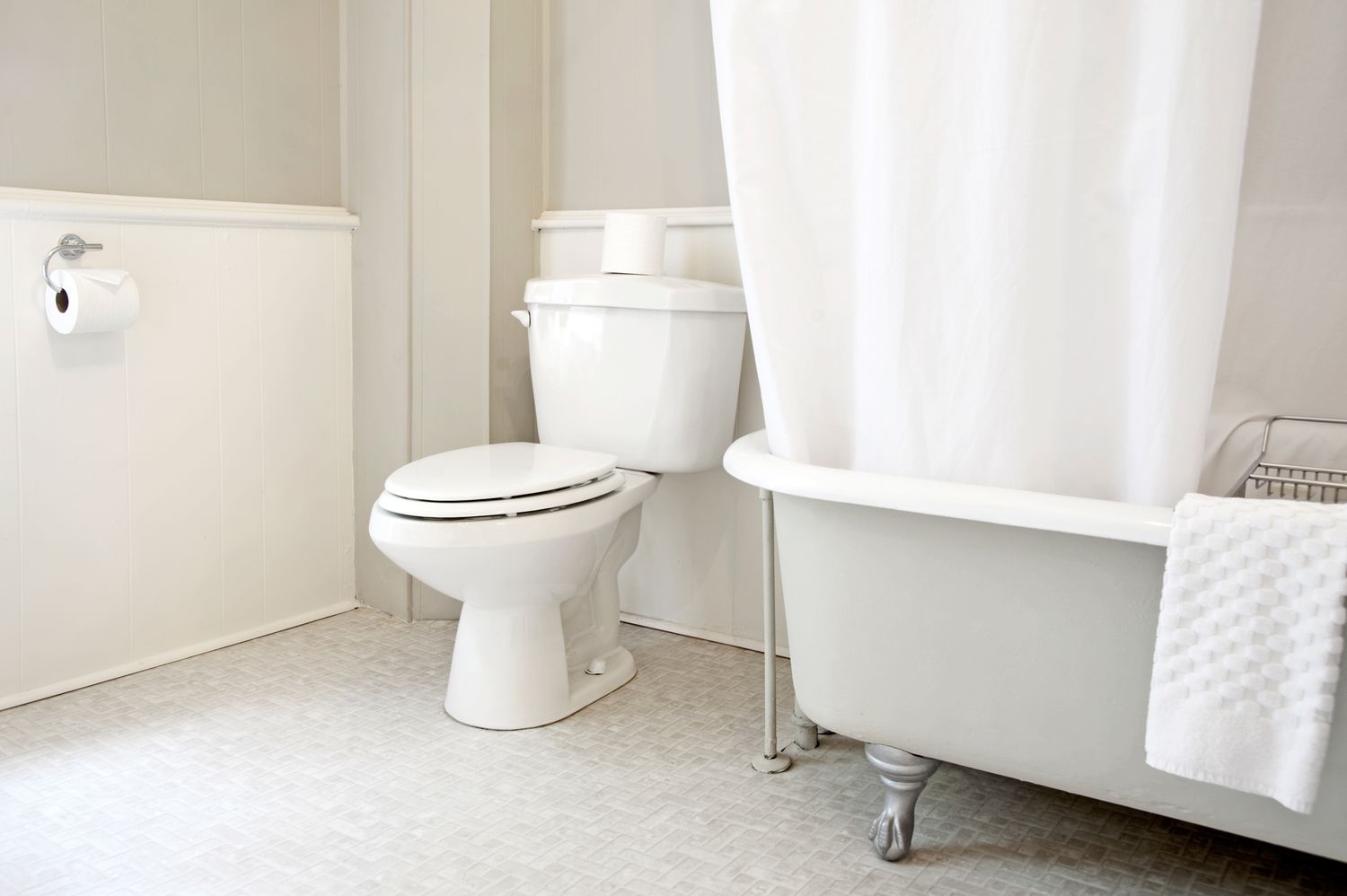
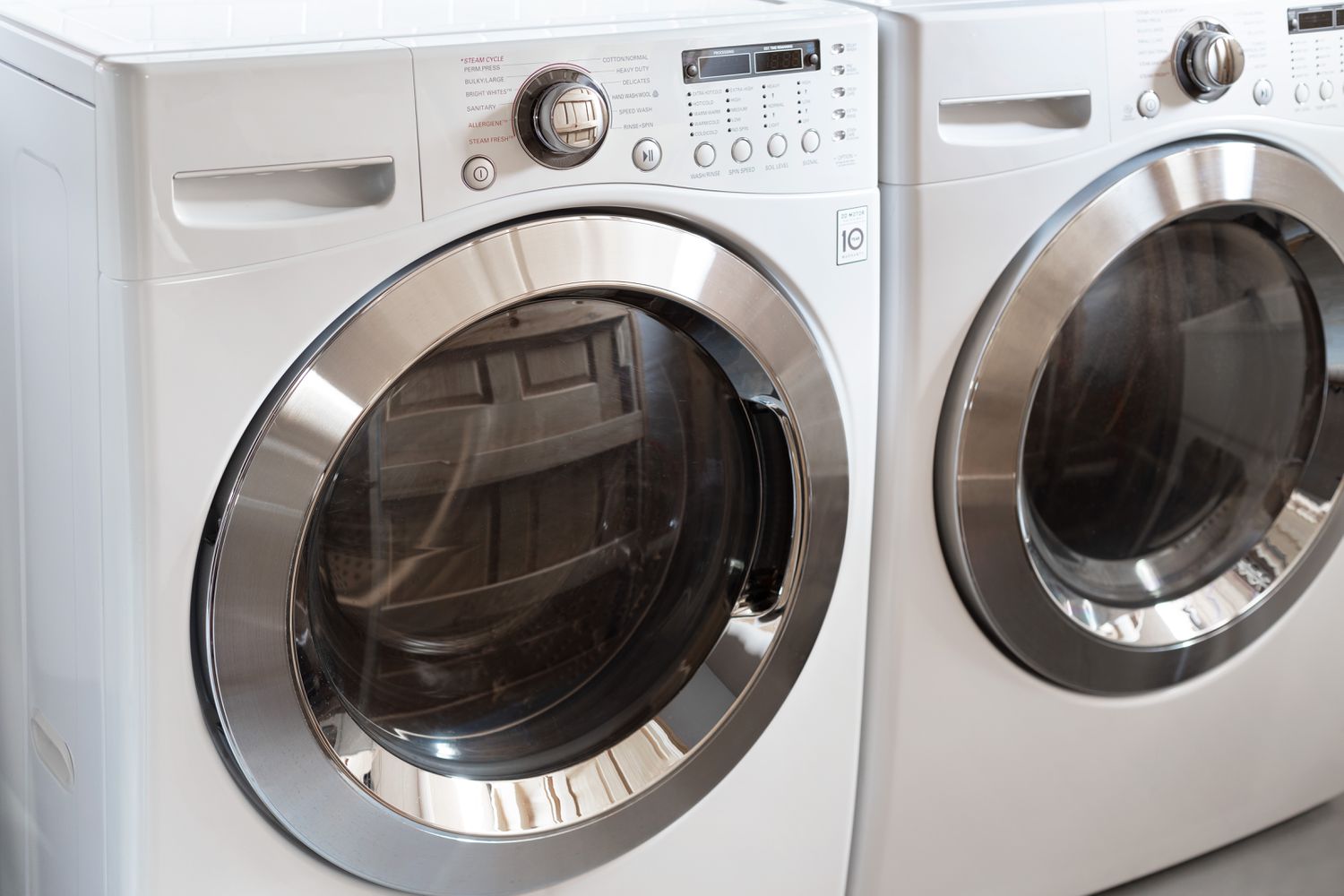
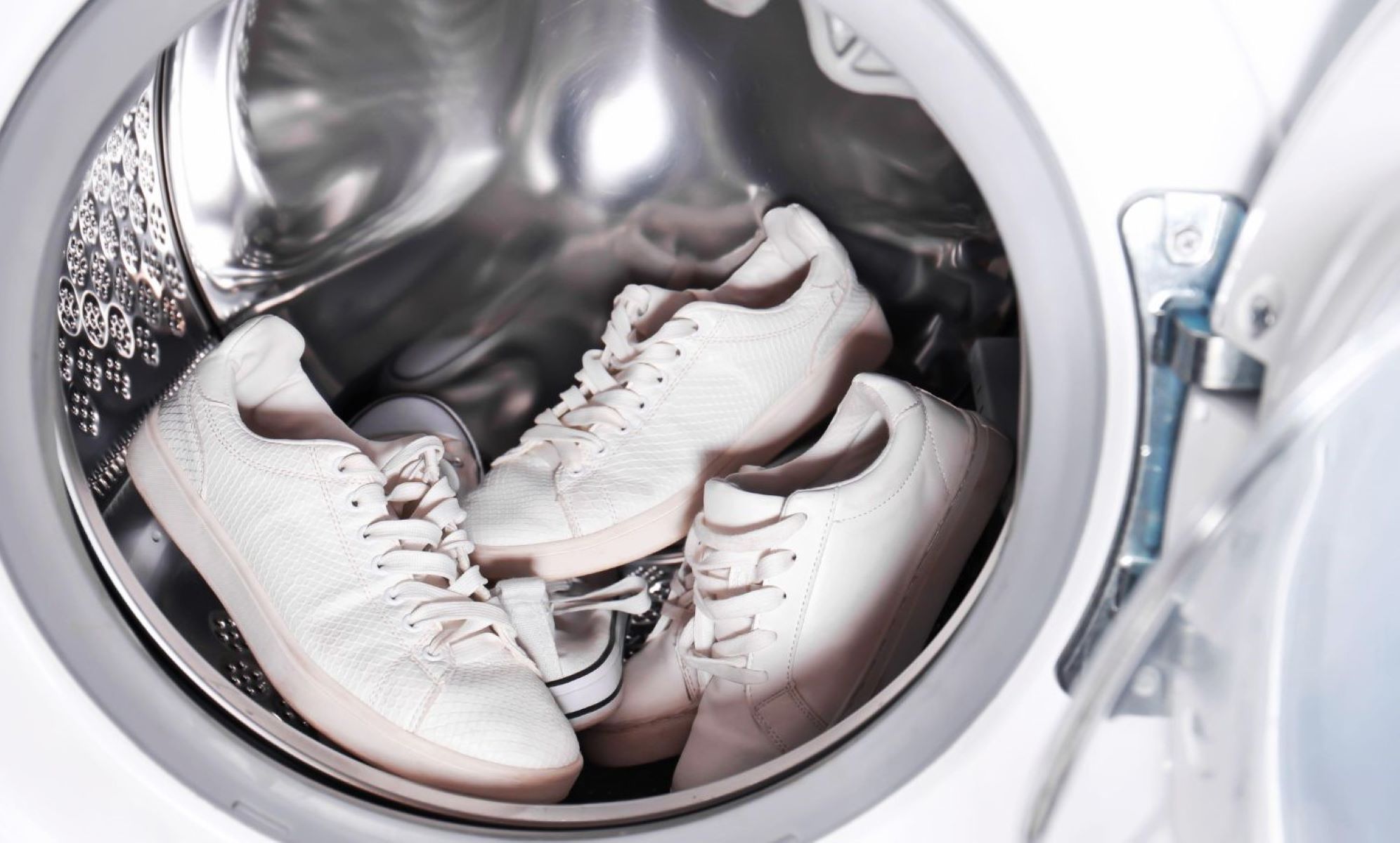
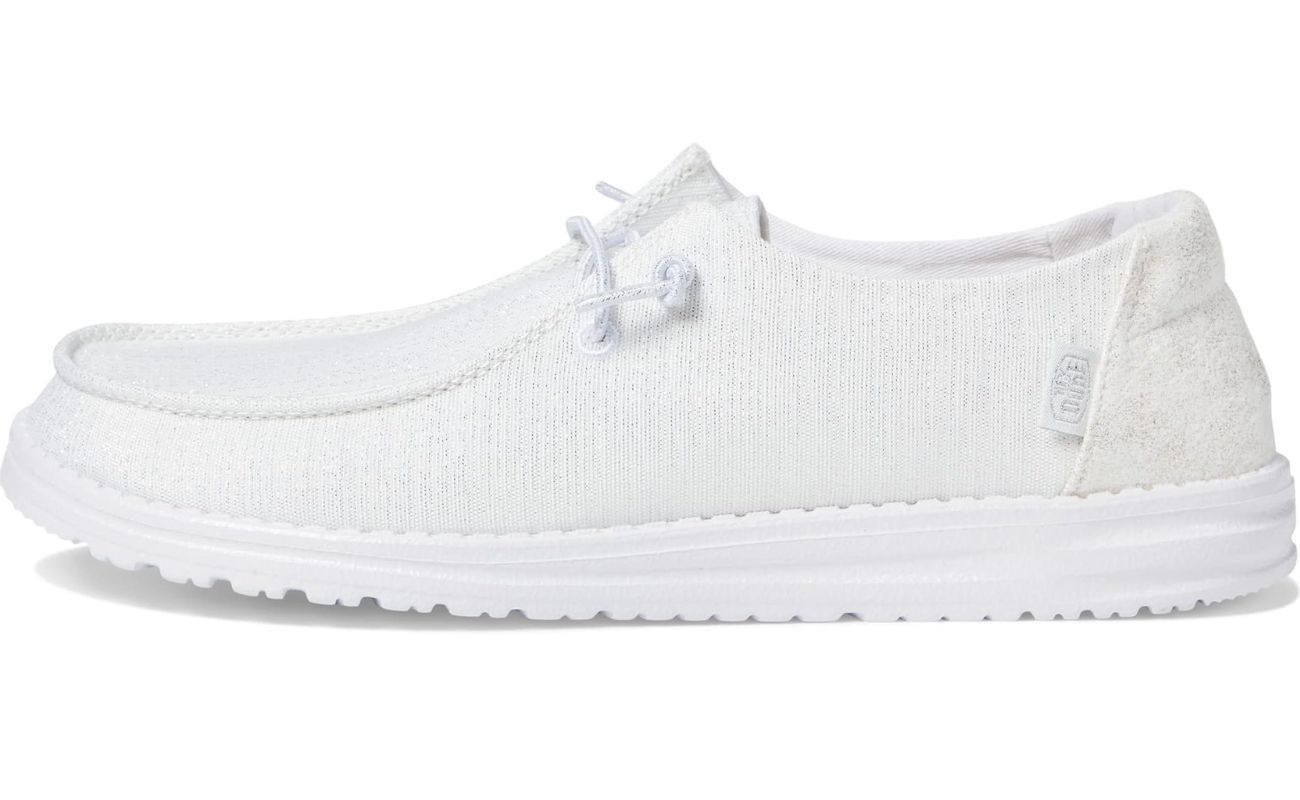
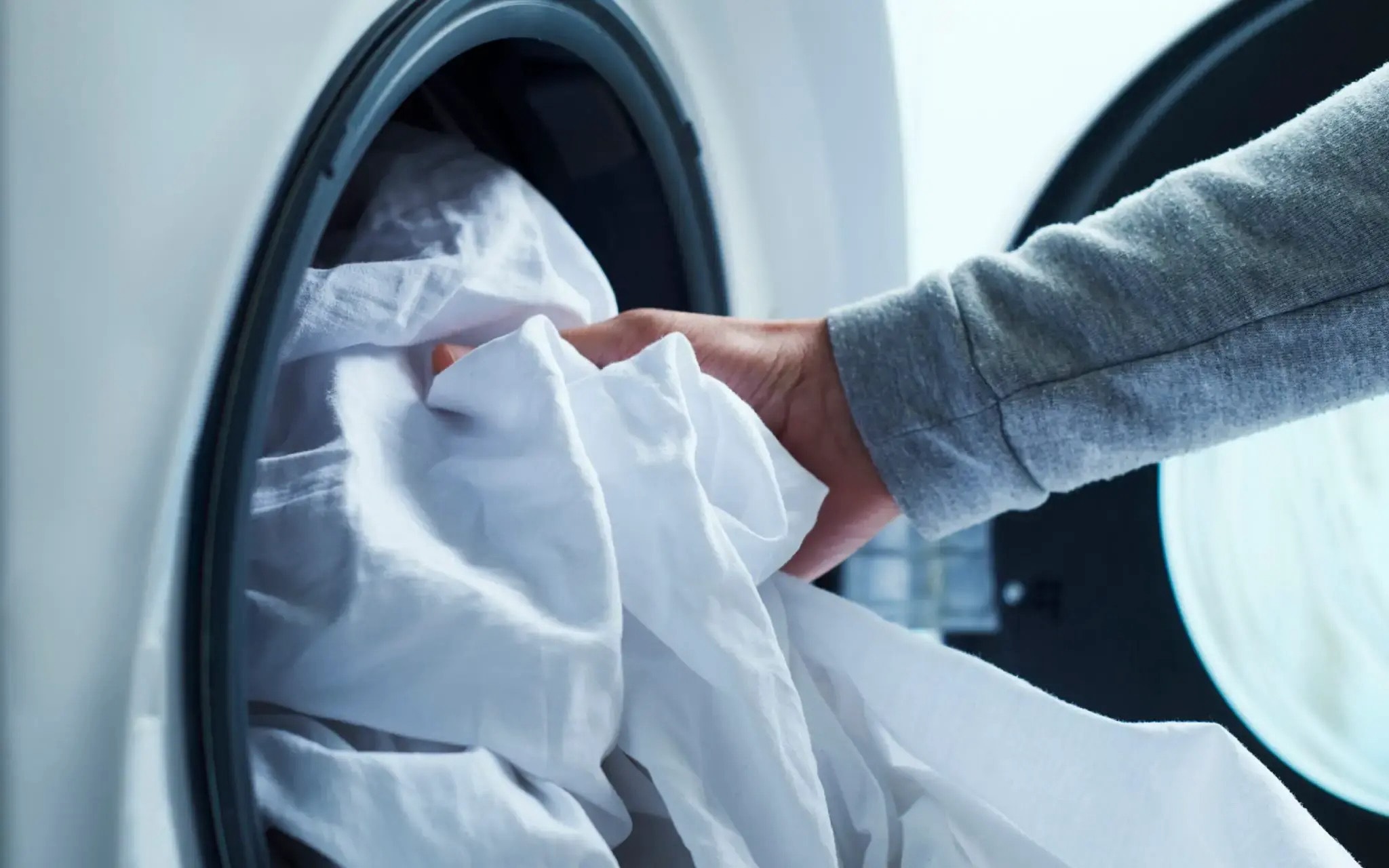

0 thoughts on “How To Make Shoes White Again In The Washing Machine”